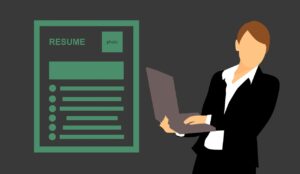1 Introduction

The resume and cover letter are distinct genres of business writing. Just like any other genre there are specific conventions to be followed, certain conventions that are optional but common, and changes that happen over time. What this means is that the resume of today may not look like the resume of twenty years ago or like the resume in the next twenty years, but it will still be identifiable as a resume and serve the same purpose. In the same way that you adapt your essays for the genre conventions expected by your professors in various faculties, you will need to adapt your resume based on the conventions for different industries and, sometimes, even different organizations.
Creating a tailored, well-polished, professional application package takes time but is worth it if you want to gain that perfect job. This Chapter is going to illustrate step by step how to select, create and format a resume and cover letter that will assist with securing interviews for you.
Learning Objectives
After carefully reading this Pressbook, and completing the exercises within it, you should be able to:
- Understand the distinct purpose of an effective resume & cover letter
- Recognize the key components to writing an effective resume & CL
- Introduce methods of effectively presenting and distinguishing professional skills in a resume & CL
- Students will be able to state:
- I am better able to describe the elements of an effective CL and Resume
- I can more easily tell what sort of CL & Resume is best for a particular purpose or situation
- I have a better idea of how to translate my skills to fit a job description
- I will be able to write an effective CL and resume

